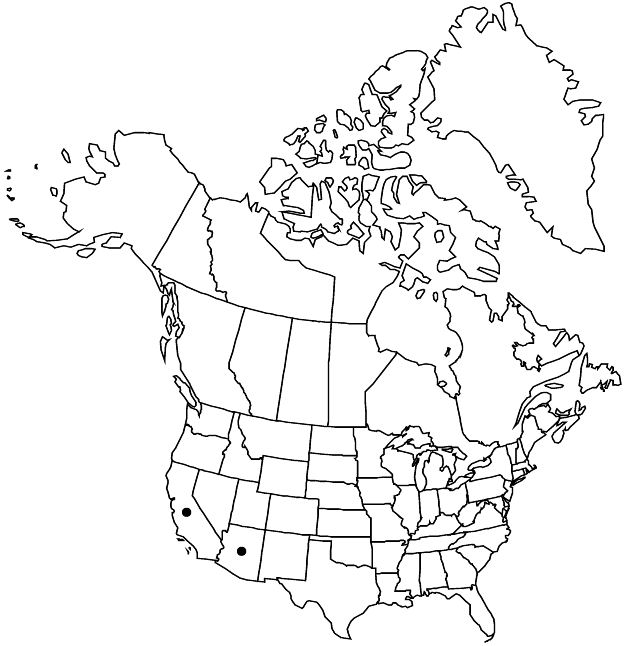Argythamnia lanceolata
Linnaea 34: 148. 1865. (as Argyrothamnia)
Herbs or subshrubs, perennial, monoecious or dioecious, to 10 dm. Stems erect, hairy, hairs silvery or not, malpighiaceous. Leaves: stipules persistent, subulate, 0.5–1.3 mm, margins not glandular; petiole 1–3 mm; blade lanceolate to ovate, 1–4.5 × 0.4–1.4 cm, margins usually entire, rarely serrulate, without glands, surfaces hairy, hairs silvery or not, malpighiaceous. Inflorescences bisexual or unisexual, 0.4–1.3 cm; bracts ovate to elliptic, 1–2 mm, margins without glands. Flowers without pink dye when wetted. Staminate flowers: sepals lanceolate, 2–3 × 0.5–0.8 mm; petals elliptic, 2.5–3.4 × 0.7–1.2 mm, adnate to androphore; nectary glands ovate to subulate, 0.7–1 × 0.3–0.4 mm, free from androphore, glabrous; stamens 10, staminodes 3–5, glabrous. Pistillate flowers: sepals lanceolate, 3–6.5 × 0.7–1.8 mm, without glands; petals 5, elliptic, 1.8–3 × 0.7–1.4 mm; nectary glands oblate, elliptic to ovate, 0.4–1 × 0.5–0.7 mm, glabrous, rarely pubescent; ovary strigose to hispidulous; styles 1.5–2 mm, glabrous; stigmas flattened. Capsules 3–5 mm, strigose to hispidulous. Seeds 1.8–2.5 mm, foveolate, striate.
Phenology: Flowering year-round.
Habitat: Desert scrub, rocky soils.
Elevation: 0–1000 m.
Distribution

Ariz., Calif., Mexico (Baja California, Baja California Sur, Sonora).
Discussion
Argythamnia lanceolata is a common shrub of the Sonoran Desert and is easily recognized by its densely strigose, lanceolate to ovate, usually entire leaves, strongly flattened stigmas, and staminate flower petals adnate to the androphore. Plants from shady canyons tend to have broader and less hairy leaves.
Selected References
None.